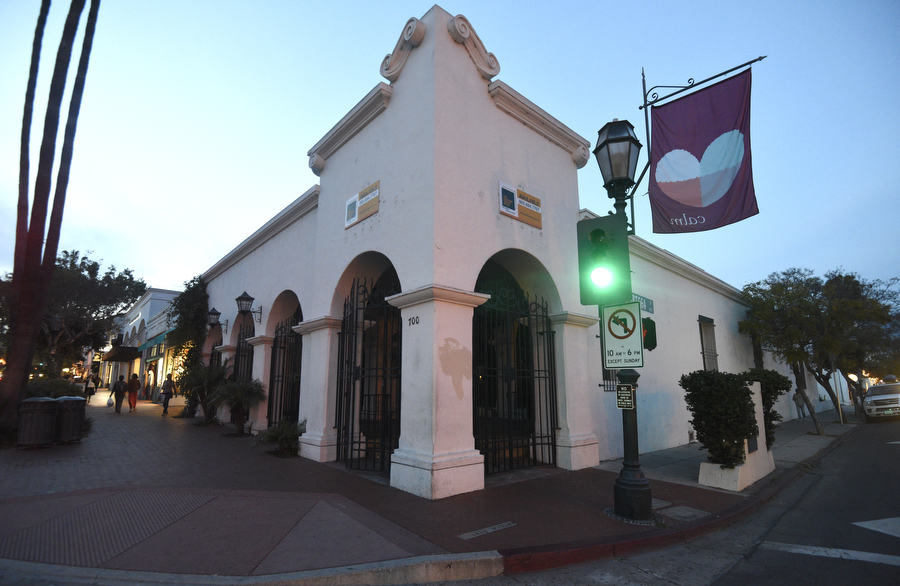Pandemic Causes Largest Budget Shortfall to Hit Santa Barbara
City’s Transient Occupancy Taxes Cap Below Adopted Budget

In tourism-fueled destinations like Santa Barbara, the COVID-19 pandemic extinguished the travel and hospitality sectors almost overnight. Over a year later, as hotels and resorts across the city look toward reopening their doors, the disquieting reality of the financial impact of the global health crisis has surfaced: Santa Barbara’s transient occupancy tax (TOT) revenues are projected to cap the fiscal year at $14.5 million, falling 16 percent below the city’s adopted budget of $17.2 million.
“There is no other time the city budget has faced this big of a financial impact,” said Jennifer Tomaszewski, the Finance and Treasury Manager for the City of Santa Barbara. “The closest I can recall would be the funding gap of approximately $9M to the city’s General Fund in fiscal years 2008-2009 from the Great Recession. However, this pandemic has had a much larger impact in a shorter period of time.”
California’s Transient Occupancy Tax, also known as the “bed tax,” allows cities and counties throughout the state to charge guests staying in hotels, resorts, and other rented properties an additional percentage of their taxable rent. Santa Barbara, which has set the tax rate at 12 percent, accrued $758,227 in TOT revenues during the month of February 2021, a 39 percent decline from February of the previous year.
“The city has taken a four-pronged approach to address the revenue losses,” explained Tomaszewski. “These steps include department service reductions in order to achieve expenditure savings, deferral of some capital projects, labor concessions, and the use of reserves.”
According to Tomaszewski, the city’s conservative fiscal practices have significantly helped to alleviate the immediate impacts of the pandemic since financial reserves were at or near policy level prior to the onset of the pandemic.
Santa Barbara will also receive additional funding through the American Rescue Plan Act (ARPA), split into two payments, with the first $11.25 million expected to arrive in May.
“These funds will provide some relief to the estimated $34.9M in revenue losses citywide,” said Tomaszewski.
The local tourism industry is likely to be bolstered in the coming months, however, as there is an emerging demand for rooms during the summer travel season and more activity in the regional economy, which Tomaszewski sees as a promising sign.
“While the state has lifted travel advisories and access to vaccination has become more available to the general public, there is still concern with potential new strains of the virus, the efficacy of vaccines with new strains and future restrictions,” continued Tomaszewski. “Currently, we are cautiously optimistic that the worst of this is behind us.”
Support the Santa Barbara Independent through a long-term or a single contribution.



